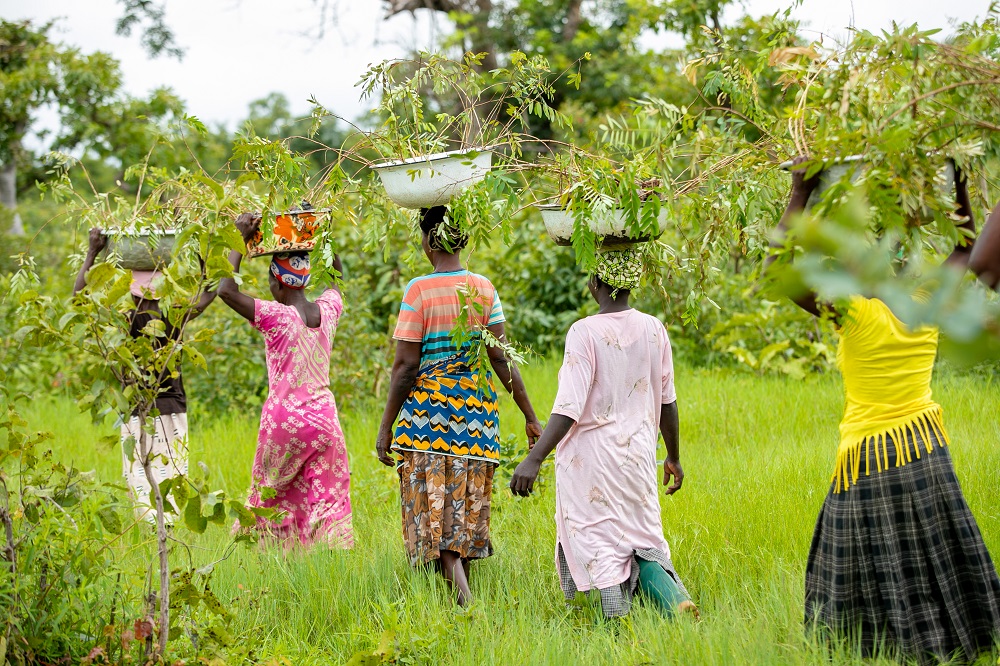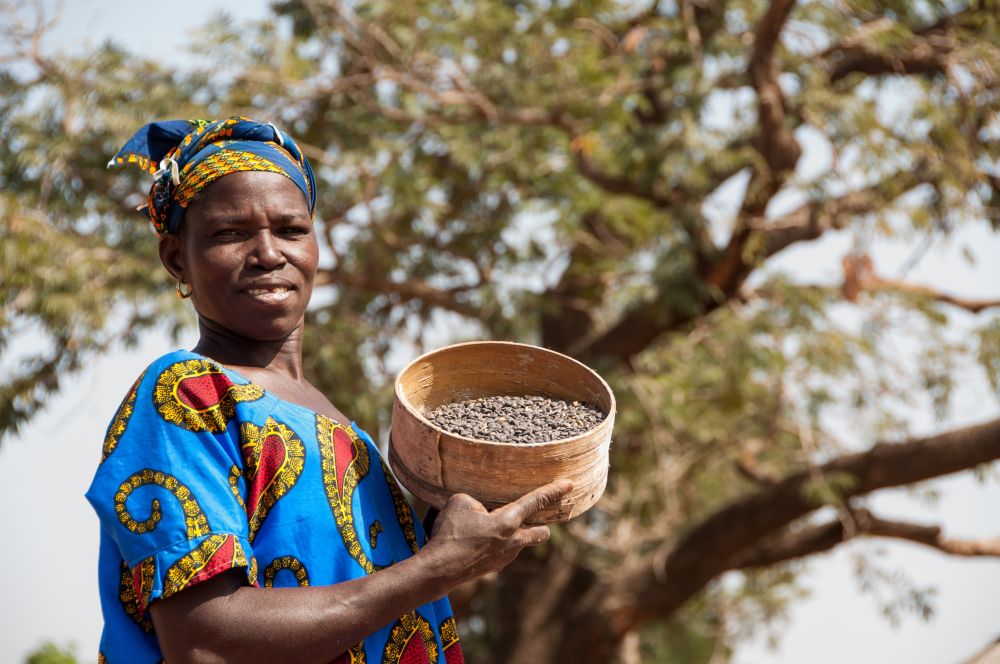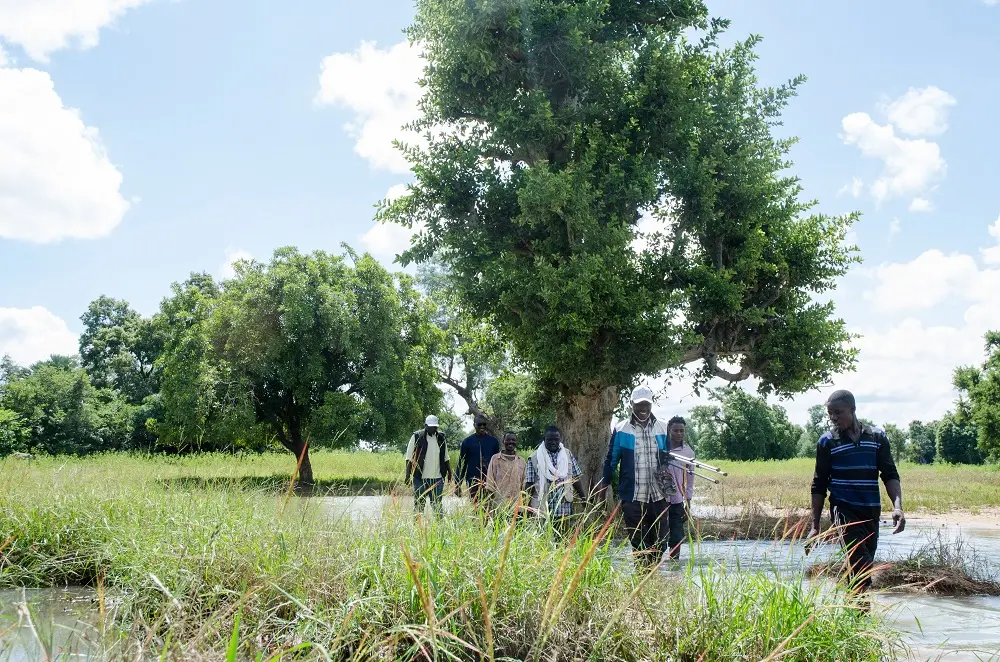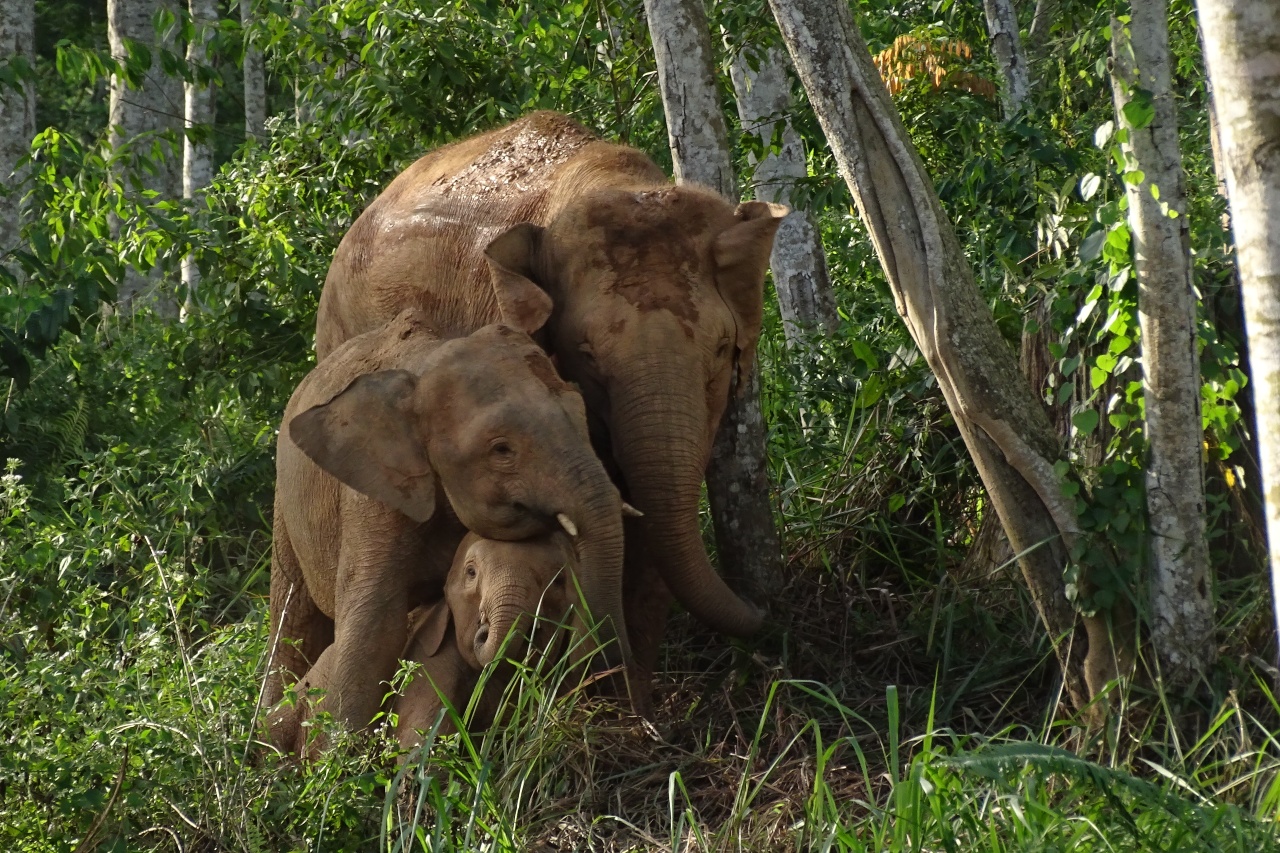2021 is a critical year for tackling the intertwined crises of nature loss, climate change and poverty, and so far, encouraging pledges have been made. The UN Decade on Ecosystem Restoration has launched, the G7 Nature Compact is signed, and the 15th Conference of the Parties (COP) to the UN Convention on Biological Diversity (CBD) and the 26th COP to the UN Framework Convention on Climate Change (UNFCCC) are imminent.
For those working in African countries already suffering from climate crisis impacts, urgency is everything. Now is the time to keep ambitions high and momentum strong. The need to break the vicious circle of poverty, land degradation and rising temperatures has never been more pressing, and prioritising holistic nature-based solutions is vital to the journey ahead.
The climate crisis has pushed up temperatures across the Sahel by nearly twice the global average. For those working in African countries already suffering from climate crisis impacts, urgency is everything.
The Olympic Forest, a new initiative of the International Olympic Committee (IOC) – in collaboration with IUCN Member Tree Aid– is one such initiative. Launched in June 2021, the project draws on Tree Aid’s experience tackling poverty and climate change in Africa’s drylands, and is inspired by the Olympic values of excellence, friendship and respect. The Olympic Forest will also contribute to one of the biggest and boldest climate solutions: Africa’s Great Green Wall.










Ajouter un commentaire